http://www.guardian.co.uk/world/2013/jan/08/china-japan-drone-race
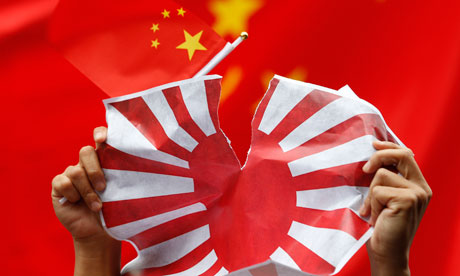
Drones have taken centre stage in an escalating arms race betweenChina and Japan as they struggle to assert their dominance over disputed islands in the East China Sea.
China is rapidly expanding its nascent drone programme, while Japan has begun preparations to purchase an advanced model from the US. Both sides claim the drones will be used for surveillance, but experts warn the possibility of future drone skirmishes in the region’s airspace is “very high”.
Tensions over the islands – called the Diaoyu by China and the Senkaku by Japan – have ratcheted up in past weeks. Chinese surveillance planes flew near the islands four times in the second half of December, according to Chinese state media, but were chased away each time by Japanese F-15 fighter jets. Neither side has shown any signs of backing down.
Japan’s new conservative administration of Shinzo Abe has placed a priority on countering the perceived Chinese threat to the Senkakus since it won a landslide victory in last month’s general election. Soon after becoming prime minister, Abe ordered a review of Japan’s 2011-16 mid-term defence programme, apparently to speed up the acquisition of between one and three US drones.
Under Abe, a nationalist who wants a bigger international role for the armed forces, Japan is expected to increase defence spending for the first time in 11 years in 2013. The extra cash will be used to increase the number of military personnel and upgrade equipment. The country’s deputy foreign minister, Akitaka Saiki, summoned the Chinese ambassador to Japan on Tuesday to discuss recent “incursions” of Chinese ships into the disputed territory.
China appears unbowed. “Japan has continued to ignore our warnings that their vessels and aircraft have infringed our sovereignty,” top-level marine surveillance official Sun Shuxian said in an interview posted to the State Oceanic Administration’s website, according to Reuters. “This behaviour may result in the further escalation of the situation at sea and has prompted China to pay great attention and vigilance.”
China announced late last month that the People’s Liberation Army was preparing to test-fly a domestically developed drone, which analysts say is likely a clone of the US’s carrier-based X-47B. “Key attack technologies will be tested,” reported the state-owned China Daily, without disclosing further details.
Andrei Chang, editor-in-chief of the Canadian-based Kanwa Defence Review, said China might be attempting to develop drones that can perform reconnaissance missions as far away as Guam, where the US is building a military presence as part of its “Asia Pivot” strategy.
China unveiled eight new models in November at an annual air show on the southern coastal city Zhuhai, photographs of which appeared prominently in the state-owned press. Yet the images may better indicate China’s ambitions than its abilities, according to Chang: “We’ve seen these planes on the ground only — if they work or not, that’s difficult to explain.”
Japanese media reports said the defence ministry hopes to introduce Global Hawk unmanned aircraft near the disputed islands by 2015 at the earliest in an attempt to counter Beijing’s increasingly assertive naval activity in the area.
Chinese surveillance vessels have made repeated intrusions into Japanese waters since the government in Tokyo in effect nationalised the Senkakus in the summer, sparking riots in Chinese cities and damaging trade ties between Asia’s two biggest economies.
The need for Japan to improve its surveillance capability was underlined late last year when Japanese radar failed to pick up a low-flying Chinese aircraft as it flew over the islands.
The Kyodo news agency quoted an unnamed defence ministry official as saying the drones would be used “to counter China’s growing assertiveness at sea, especially when it comes to the Senkaku islands”.
China’s defence budget has exploded over the past decade, from about £12.4bn in 2002 to almost £75bn in 2011, and its military spending could surpass the US’s by 2035. The country’s first aircraft carrier, a refurbished Soviet model called the Liaoning, completed its first sea trials in August.
A 2012 report by the Pentagon acknowledged long-standing rumours that China was developing a new generation of stealth drones, called Anjian, or Dark Sword, whose capabilities could surpass those of the US’s fleet.
China’s state media reported in October that the country would build 11 drone bases along the coastline by 2015. “Over disputed islands, such as the Diaoyu Islands, we do not lag behind in terms of the number of patrol vessels or the frequency of patrolling,” said Senior Colonel Du Wenlong, according to China Radio International. “The problem lies in our surveillance capabilities.”
China’s military is notoriously opaque, and analysts’ understanding of its drone programme is limited. “They certainly get a lot of mileage out of the fact that nobody knows what the hell they’re up to, and they’d take great care to protect that image,” said Ron Huisken, an expert on east Asian security at Australian National University.
He said the likelihood of a skirmish between Chinese and Japanese drones in coming years was “very high”.
US drones have also attracted the interest of the South Korean government as it seeks to beef up its ability to monitor North Korea, after last month’s successful launch of a rocket that many believe was a cover for a ballistic-missile test.
The US’s Global Hawk is piloted remotely by a crew of three and can fly continuously for up to 30 hours at a maximum height of about 60,000 ft. It has no attack capability.
The US deployed the advanced reconnaissance drone to monitor damage to the Fukushima nuclear power plant in the aftermath of the March 2011 earthquake and tsunami on Japan’s north-east coast.





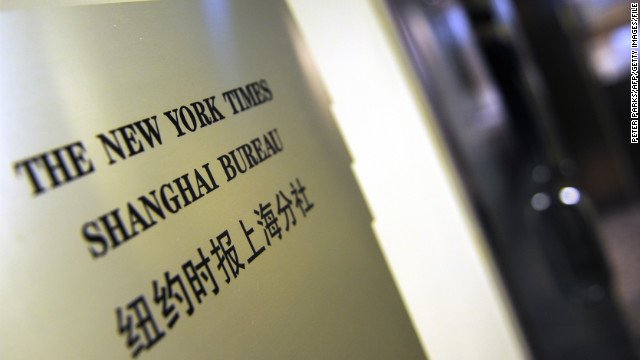
 China denies NY Times hack attack
China denies NY Times hack attack New York Times: We were hacked
New York Times: We were hacked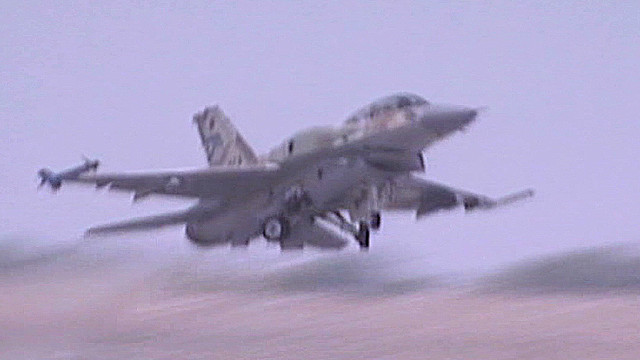
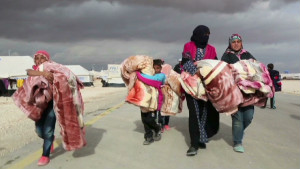 Getting aid to Syria
Getting aid to Syria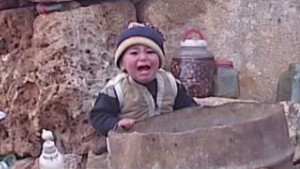 World leaders seek aid for Syrians
World leaders seek aid for Syrians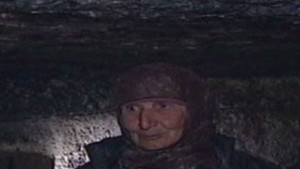 Syrians seek shelter in ruins
Syrians seek shelter in ruins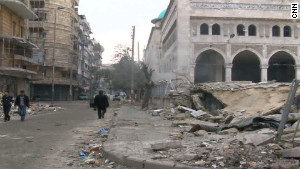 Slain Syrians pulled from river
Slain Syrians pulled from river The long, dark walk to escape Syria
The long, dark walk to escape Syria





